Pedestrian Dynamics
Basic questions and applications
Understanding the dynamics of pedestrian movement is of paramount significance due to the intricate nature of human crowd behavior. This field delves into the complex flow of crowds, a phenomenon that exhibits emergent complexity across various scales. Physics offers a versatile framework for interpreting and modeling crowd dynamics, enabling insights into their behavior at different lengthscales and timescales. Central to this study is the composition of the crowd, which plays a pivotal role in unraveling the intricacies of pedestrian dynamics.

Image design: Panar Ege Uesten.
At first glance, the research in Pedestrian Dynamics may seem like the exploration of ordinary flows of people in crowded places. However, beneath the surface lies a fascinating and challenging science that addresses three important pillars of our society that make it important to both scientists and stakeholders: Improving transport systems in accordance with safety and comfort.
Transportation Improvement
Effortless movement of people within high-traffic infrastructure facilities such as train stations and airports is a hallmark of pedestrian dynamics. This discipline offers valuable perspectives for enhancing the efficiency of these vital transit points. As urban centers experience population growth, comprehending pedestrian behavior in these environments becomes indispensable in crafting well-functioning transportation systems. Crucial metrics, including the flow of individuals through bottlenecks and a facility’s capacity to evacuate per hour, empower us to optimize movement, alleviating congestion and promoting sustainable urban mobility. One of the foundational aspects of this understanding is the fundamental diagram, which represents the relationship between these quantities. A notable reference on this topic is 75 Years of the Fundamental Diagram for Traffic Flow Theory: Greenshields Symposium, which provides in-depth insights into the history, latest developments, and practical applications of traffic flow theory, backed by empirical data and simulation studies.

The fundamental diagram describes the relationship of flow and density and helps to understand the formation of congestions.
Further reading on the fundamental diagram is found in this dissertation: Pedestrian fundamental diagrams: Comparative analysis of experiments in different geometries
Moreover, the scope of pedestrian dynamics extends beyond these spaces and includes scenarios in the context of large events. The arrival and departure process of thousands of event visitors is a complex system consisting of different stages and thus of different behaviors like waiting in queues. Understanding how pedestrians queue and quantify the time it takes for queues to be processed provides valuable insights for managing crowd flow, ensuring smooth and enjoyable experiences at various gatherings.

Photo by Hal Gatewood on Unsplash
This broader scope underlines the versatile application of pedestrian dynamics, enriching our ability to design spaces and processes that accommodate diverse human movement patterns efficiently.
Safety and Comfort
Safety and comfort are the cornerstones of any environment. Pedestrian Dynamics explores intricate balance between these elements, guiding us toward designs that prioritize the well-being of individuals. Through meticulous analysis, we can identify potential bottlenecks, hazardous areas, and evacuation strategies, ensuring the safety of crowds in emergencies. Moreover, optimizing pedestrian flow enhances the overall comfort of public spaces, transforming them into inviting spaces that offer positive experiences for everyone.
In the domain of crowd dynamics research, the assessment of the “perception of safety and security” within crowded settings constitutes a central focus. This endeavor fundamentally revolves around how crowd members perceive these essential attributes. Crowd dynamics researchers bear the responsibility of devising tools and methodologies to evaluate these qualitative perceptions, potentially quantifying them while striving for objectivity. The aim is to capture these perceptions with a high degree of accuracy, reflecting the genuine sentiments of individuals.
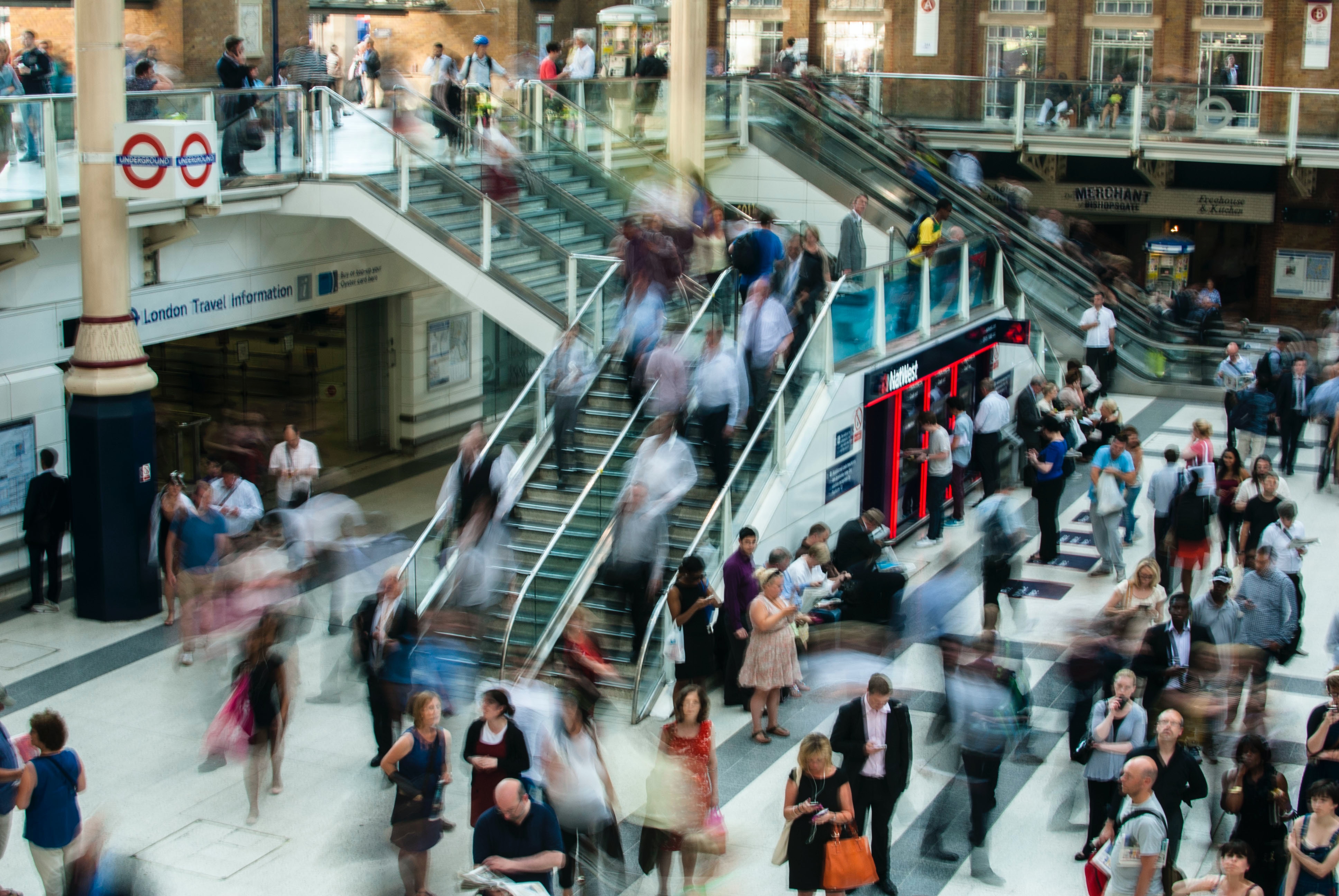
Photo by Anna Dziubinska on Unsplash
Collective Phenomena: Where Individuals Converge to Form Communities
Pedestrian dynamics fundamentally delve into collective phenomena, which manifest through a rich tapestry of psychological and sociological interactions. One core question that underpins the social dimension of pedestrian dynamics is: How do individuals unite to form the collective crowd? This multifaceted query embodies not only social interactions but also behaviors, emotions, and cultural nuances, further compounded by variations across different social groups.
Specifically, pedestrian dynamics give rise to certain collective phenomena, such as:
- Lane Formation: This occurs in bidirectional pedestrian streams, where individuals spontaneously form lanes to streamline their movement in opposing directions.
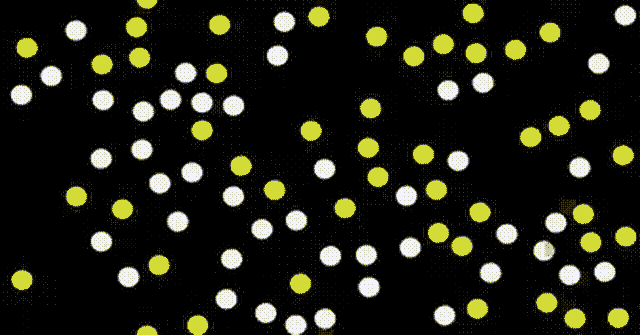
Spontaneous emergence of lane formation in a bi-directional flow
- Clogging at Bottlenecks: Recognized by the jamming arch of multiple interacting individuals or particles near a bottleneck, clogging significantly reduces, or even halts, flow. This phenomenon arises predominantly when entities navigate through narrow constrictions, as often seen in crowded places.
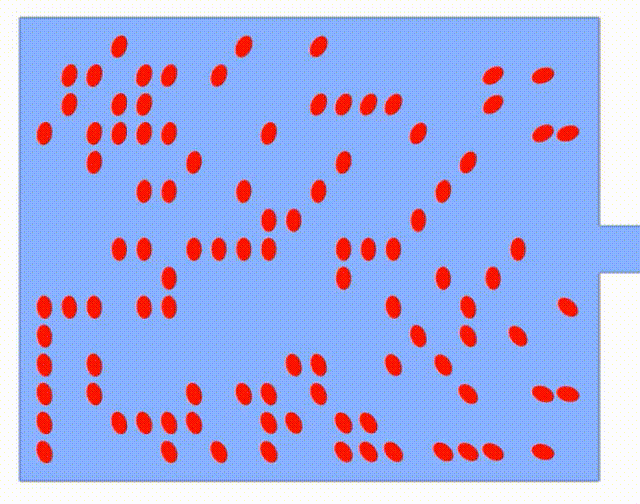
Clogging in a bottleneck
- Stop-and-Go Waves: A distinct behavior observed in congested systems, such as traffic or densely packed crowds. Here, entities fluctuate between two states — motion and halt — creating waves of movement.

Emergence of stop-and-go waves in a system with closed boundary conditions
Comprehending these dynamics equips us to better understand and subsequently influence crowd behaviors, paving the path for advanced crowd management techniques. Whether it’s an enthralled crowd at a football match, a harmonious gathering at a music festival, or a bustling train station teeming with purpose-driven individuals, pedestrian dynamics shed light on the intricate webs of human interaction that unfold in myriad ways around us.
For further reading see this review on collective behavior modeling and simulation: building a link between cognitive psychology and physical action.
Interactions and relationships: From individuals to groups, from communities to cities
The key to understanding the different forms of collective organization lies in the type and the nature of interactions between individuals and groups of individuals. One factor is the distance: The closer we are to each other, the more senses are used to ‘feel’ the presence of others. When bodies are touching, we can feel the heat and, in some cases, even other people’s heartbeats.
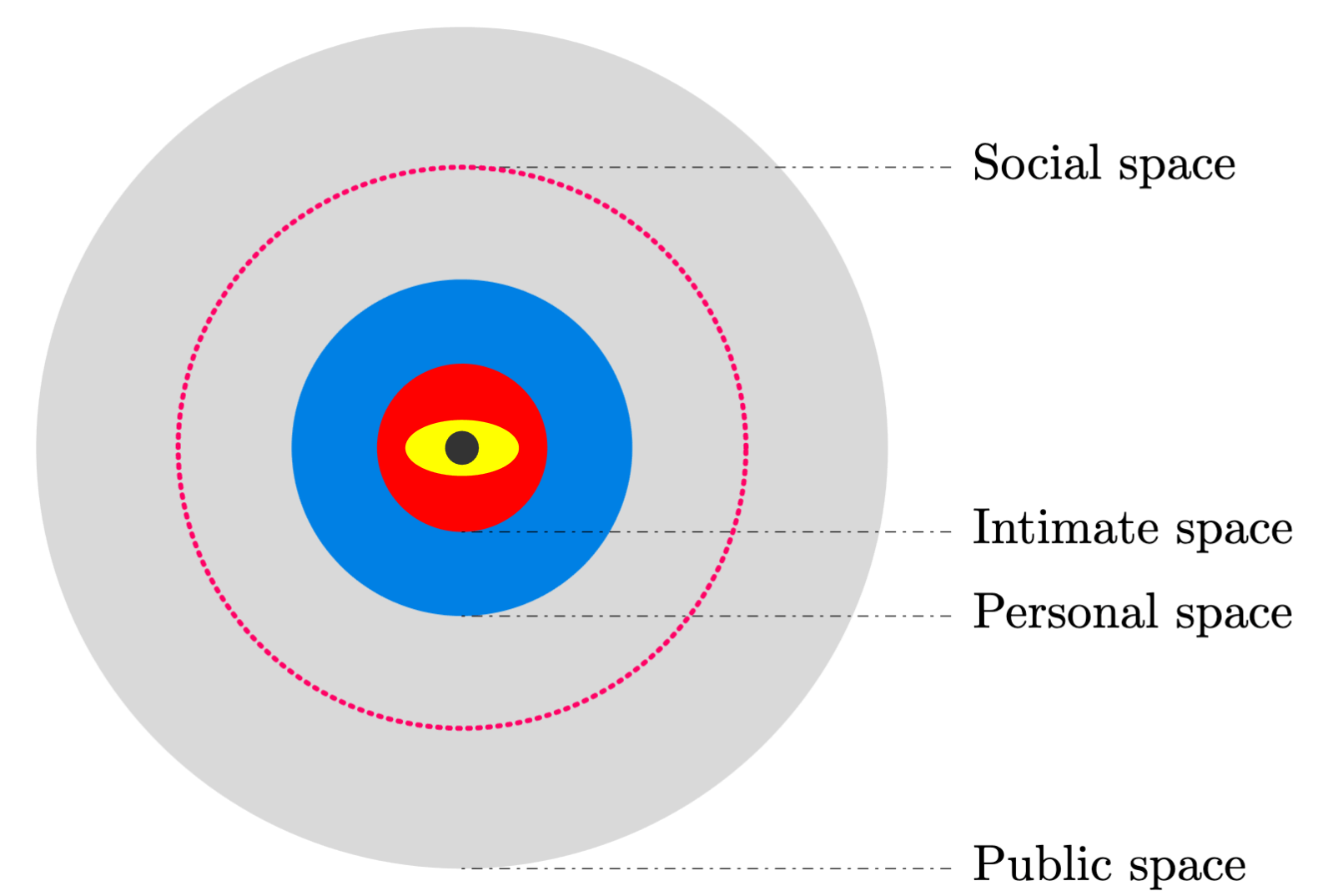
Edward T. Hall’s interpersonal distances of man (The Hidden Dimension)
This creates a sensation that may be unpleasant in a crowded train but can help lead to the emergence of helpful behavior in case of dangerous situations. When walking in a crowded space, sight plays an important role. However, what we see and how we process visual clues largely depends on the distance. From a close distance, we can read someone’s facial expression and understand, for example, where someone is looking. This information, in addition to shoulder orientation and other minor cues, can help us understand where someone is heading and whether that person is looking at us. From a greater distance, it becomes challenging to discern the intentions of other people. However, if we can see them, we can choose to either join a crowded place or avoid it, so the mere presence of people will also influence our decisions. For instance, people sitting along a river and seeking privacy or intimacy will often avoid others, typically choosing a spot equidistant from other groups of people. On the other hand, in an unfamiliar place where we are aware that specific customs are followed, we may choose to line up by following others, as is the case in places like a city hall, for example.
The article discusses pedestrian dynamics in gatherings, emphasizing that pedestrians not only respond to stimuli but also act based on social norms and identities. It proposes integrating social psychology with natural sciences, suggesting three categories for study: phenomena, behavior, and action.
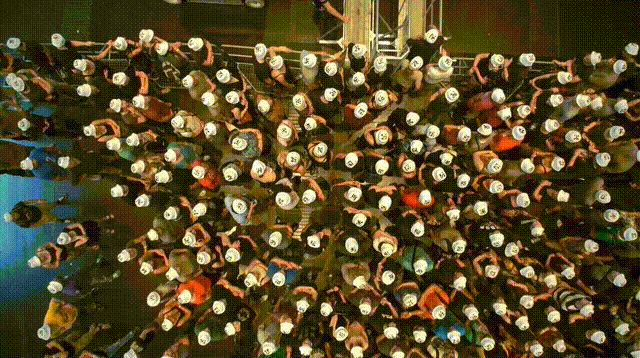
Experimental study on entrance to a bottleneck.
What is interesting to note is that many aspects related to interactions and relationships within a crowd follow exponential laws. Distance thresholds defined to characterize different degrees of personal space usually grow larger and larger the less familiar we are with someone. A distance of a few centimeters can create a different feeling in a packed train, but it takes a change of several meters to feel distant from a person already dozens of meters apart. Similarly, collision avoidance is also subject to exponential laws. Steering maneuvers are performed much more quickly when people are approaching very quickly, and minimum corrections are made for distant individuals. See for instance the direction model in the collision free speed model. Even more interesting is that higher-level aggregations also follow similar laws. In a given country, only a few cities exceed a population of one or several million, while hundreds of cities may have several dozens of thousands of people. A large number of villages can also be found with small populations. This dimension also changes with culture, reflecting differences at the microscopic scale in some way. What may be considered a small city in Asian countries could be considered a metropolis in Europe or South America. Yet, the same principle typically applies to each distinct geographical area, demonstrating the universal nature of human social organization.
In short, our perception and cognition shape the world in which we live and the way we interact with other people. Although we can only walk short distances and move within limited spaces, our planning occurs on larger scales, and migration, while slow, can span significant distances. Not surprisingly, collective organization at a microscopic scale is reflected in similar laws found on a macroscopic scale. We cannot escape from our human nature, as we are a part of the natural world, which also adheres to similar laws.
Methods
Research into Pedestrian Dynamics employs various methods, including simulations, experiments under laboratory conditions, real-life measurements, and qualitative observations. The emergence of computer vision technology has enabled the integration of insights from simulation studies with systematic data collection efforts.
Experiments
In the early 2000s, laboratory investigations emerged as a leading method, involving participants walking within controlled environments overseen by experimenters. These experiments employed colored vests and helmets, which not only added a systematic approach but also greatly enhanced tracking accuracy. While these controlled environments excelled in accurately defining experimental conditions such as density, geometry, and emotional states, they did face challenges such as limited statistical significance stemming from volunteer constraints, time limitations, and potential psychological biases. Nevertheless, their controlled nature provided invaluable insights and set a benchmark for further studies in the field.

Experiments under laboratory conditions. See IAS-7 Data Archive
Field observations
Conversely, field observation enable continuous data collection throughout the year, providing insights into Pedestrian Dynamics beyond average behaviors. For example, virtual reality technology has been proven useful to explore several aspects related to pedestrian movement and behavior given its low cost and high experimental control. Research efforts are ongoing for the systematic comparison of Pedestrian Dynamics in real and virtual worlds.
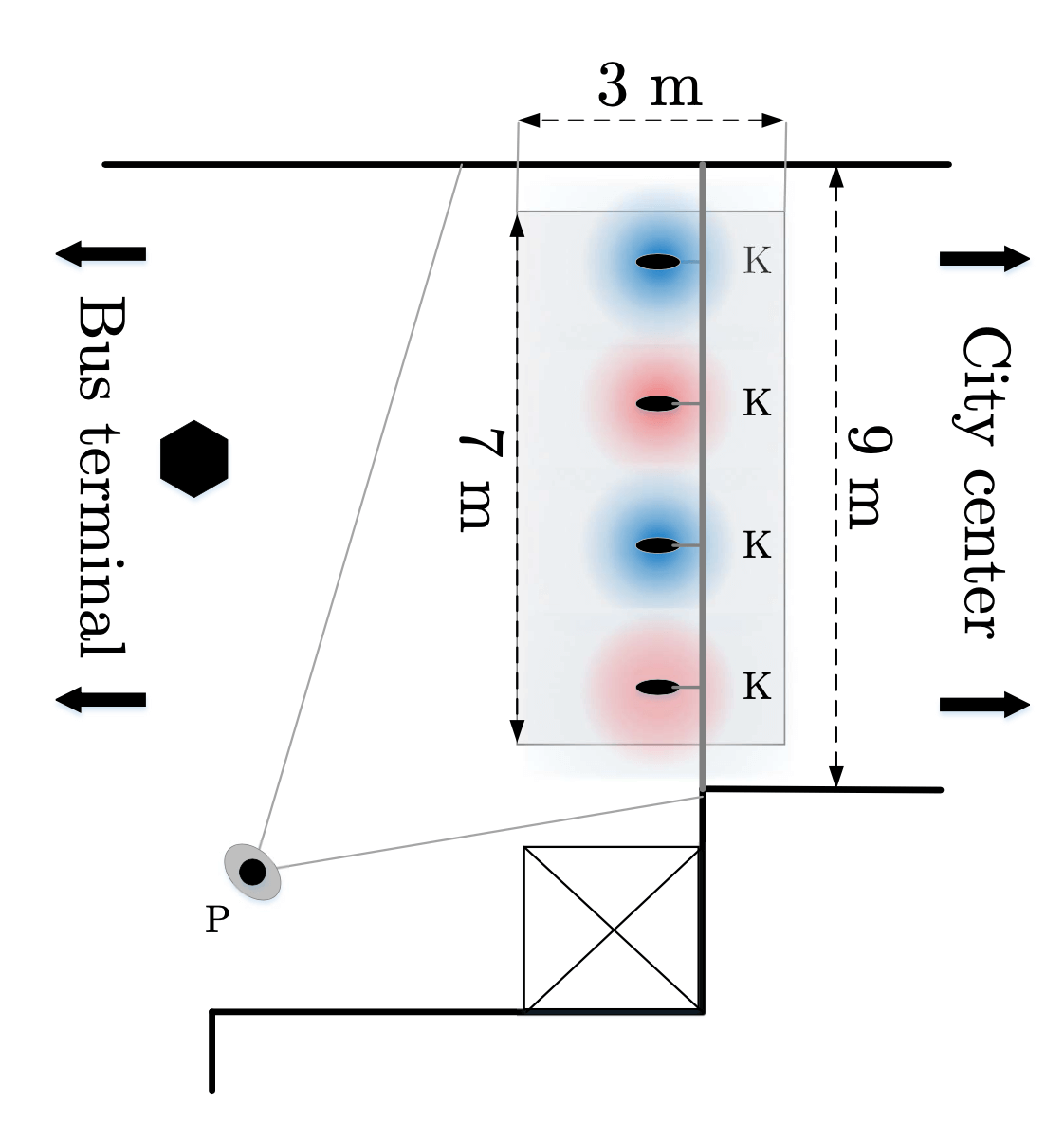
Real-life anonymous pedestrian tracking in the train station of Eindhoven (NL). Source
Recent technologies, often hinged in machine learning and computer vision, allow real-time and accurate tracking in these settings. Real-life tracking opens the possibility of collecting and analyzing datasets with sample sizes unimaginable in any other measurement conditions (millions of trajectories can be easily collected by crowd tracking in public locations adopting a 24/7 schedule). Real-life data collection comes with its challenges: data can exhibit wide variations in terms of experimental parameters that, more often than not, cannot be imposed. Crowd density, flow direction, and group presence, that in laboratories can be imposed, in real-life become random variables. Analyzing such diverse scenarios requires selecting and aggregating similar instances for statistical analyses. This has been achieved e.g. representing experimental data in terms of graphs.
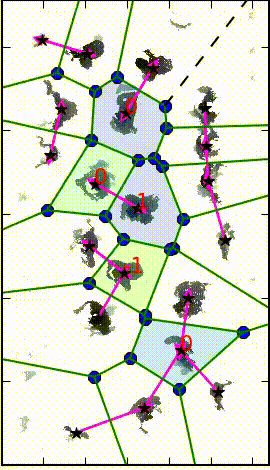
Identified silhouettes of individuals in transit and their associated Voronoi diagrams. Source
Modeling
Mathematical and physics models have evolved through insights from laboratory and qualitative studies. Earlier qualitative models played a pivotal role in exploring human crowd phenomena and suggesting the feasibility of quantitative modeling. Alongside these, data-based models utilizing machine learning techniques have gained popularity.
Pedestrian dynamics modeling can be broken down based on the scale of application: strategic (which deals with route and departure choices in buildings), technical (focusing on path or exit choices in rooms), and operational (which examines interactions among pedestrians and infrastructure). At the operational level, there are three primary types of models:
- Macroscopic Models: Derived from fluid dynamics, these models study averages like density, speed, or flow.
- Mesoscopic Models: Rooted in thermodynamics, they deal with the probability density of pedestrian movements over time, position, and speed.
- Microscopic Models: View pedestrians as individual entities interacting with each other.

Physics of Human Crowds, Corbetta & Toschi. Annual Review of Condensed Matter Physics, vol. 14, 1, p.311-333, 2023
Microscopic models further differ based on parameters such as time, space, modeling approach, and fidelity. Other specific models include:
- Cellular Automaton (CA): Here, systems are divided into cells, representing spaces that can be free or occupied by pedestrians. These models use space-based rules to determine movement.

Potential movement paths on a grid, along with their associated transition probabilities, are outlined for the von Neumann neighborhood scenario
Force-based Models: These continuous models utilize systems of equations to determine pedestrian motion, considering factors like repulsion from others or attractions to certain routes.
Speed Models: Unlike force-based ones, these models focus on speed and don’t consider inertia. Some are vision-based, determining pedestrian movement based on predicted movements of surrounding individuals.
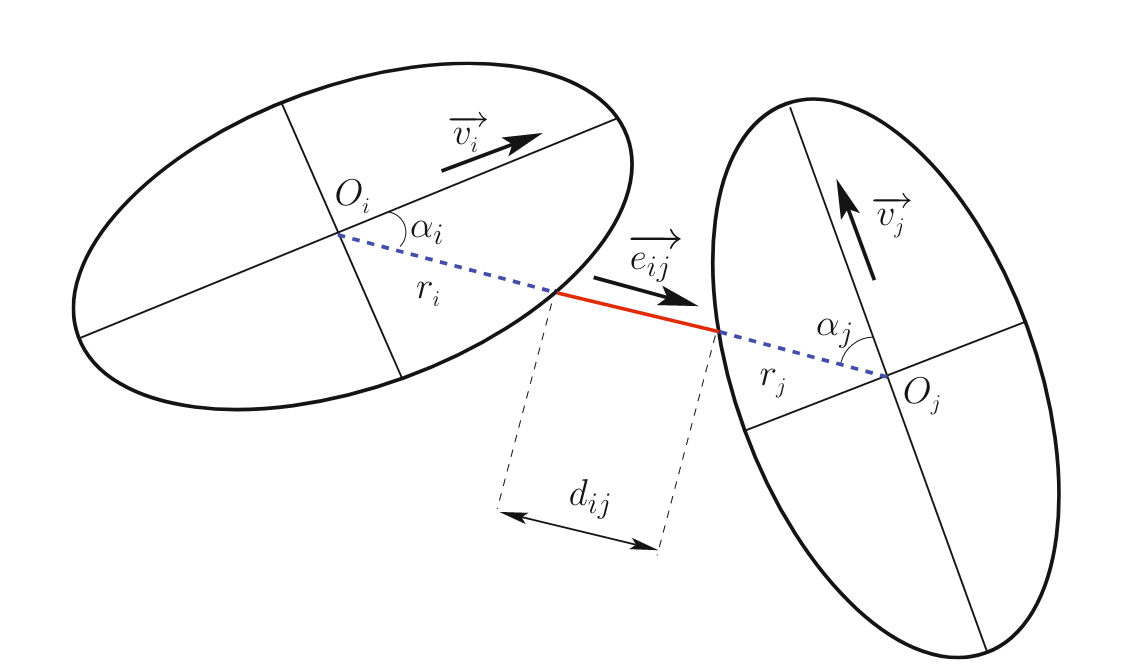
In continuous space models, whether force-based or velocity-based, pedestrians are depicted as two-dimensional figures (like ellipses, circles, etc.). The distance between these figures determines the repulsive interactions among them
- Agent-based Models: Treat pedestrians as individual agents, using a detailed set of parameters to model their behaviors.
In essence, the modeling of pedestrian dynamics is multifaceted, encompassing a range of approaches that differ based on scale, detail, and the specific behaviors they aim to capture.
Emphasizing the significance of model validation, this paper centers on the fundamental diagram—a key concept linking density to flow or velocity in crowd dynamics. Despite its importance, diverse sources and experiments present varying interpretations of this diagram. The paper investigates these variances and suggests that differences in measurement approaches can yield divergent results. By analyzing experimental trajectories, the research offers insights into how these methodologies influence the depiction of the fundamental diagram.
A comprehensive review and insightful critique of mathematical studies on modeling and simulating human crowds with an emphasis on behavioral dynamics can be found in Bellomo2023.
These three approaches—simulations, experiments under laboratory conditions, qualitative observations—complement and intertwine with each other. Experimental data, whether from controlled or real-life settings, are increasingly employed to validate and fine-tune simulation models.
Further reading
For those keen on a deeper exploration of the topic, several review articles offer extensive insights.

Photo by Benjamin Ashton on Unsplash
The article by Haghani2023 dives into contemporary challenges related to the Swiss Cheese Model of Crowd Safety, detailing its layers and the intricacies of its implementation. Moreover, it promotes the idea of a global Vision Zero target in crowd safety and accentuates the need for strengthening stakeholder collaboration.
Shifting the lens to the inherent behaviors of human crowds, Physics of Human Crowds examines the universality of these behaviors, transcending individual nuances or crowd densities. The authors channel physics methodologies to unlock a deeper understanding of pedestrian dynamics, striving for urban environments that prioritize safety.
In the realm of crowd management, What Is Crowd Management? presents an articulate definition, distinguishing the subtleties between management and control of crowds. The strategies underlined in this piece harmonize the two imperatives of safety and comfort.
Further enriching this body of knowledge is a paper that showcases experiments with a sample size nearing 1000 participants. The goal? To unearth physical and social-psychological theories revolving around behaviors witnessed at railway stations and the corresponding crowd management techniques.
For those navigating the academic jargon, an article serves as a beacon, elucidating terms that find frequent mention in human crowd research.
Concluding this list, a comprehensive review marries empirical and theoretical pedestrian dynamics studies, spotlighting the pivotal role empirical results play in the calibration and validation of nuanced pedestrian models.
References
- 75 Years of the Fundamental Diagram for Traffic Flow Theory: Greenshields Symposium
- Pedestrian fundamental diagrams: Comparative analysis of experiments in different geometries
- A review on collective behavior modeling and simulation: building a link between cognitive psychology and physical action
- The Hidden Dimension
- Collective phenomena in crowds—Where pedestrian dynamics need social psychology
- Continuous measurements of real-life bidirectional pedestrian flows on a wide walkway
- Physics-based modeling and data representation of pairwise interactions among pedestrians
- Physics of Human Crowds
- Fundamental Diagram and Validation of Crowd Models
- A review on collective behavior modeling and simulation: building a link between cognitive psychology and physical action
- A roadmap for the future of crowd safety research and practice: Introducing the Swiss Cheese Model of Crowd Safety and the imperative of a Vision Zero target
- What Is Crowd Management?
- Pedestrian Crowd Management Experiments: A Data Guidance Paper
- A Glossary for Research on Human Crowd Dynamics
- Pedestrian Dynamics: From Empirical Results to Modeling
Contributors
This article is a collaborative work, with contributions from various authors listed in alphabetical order: